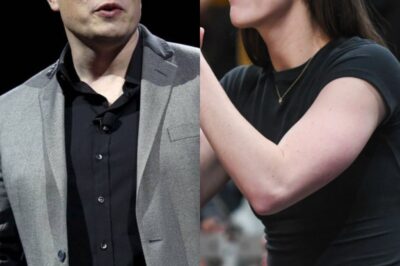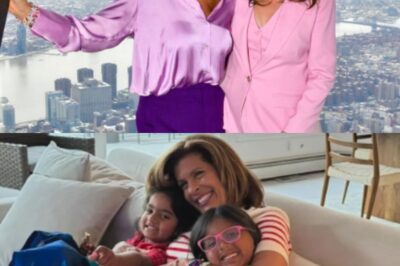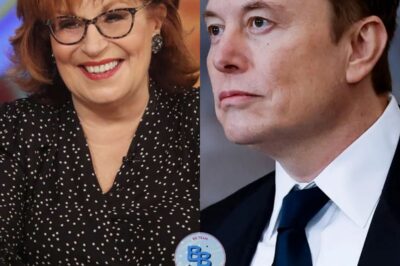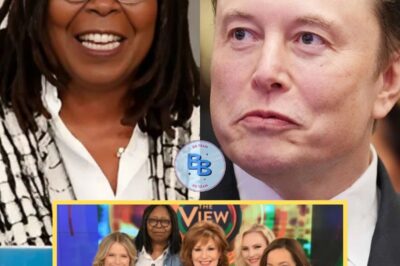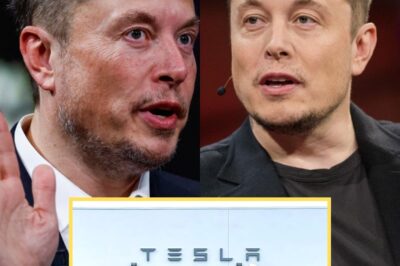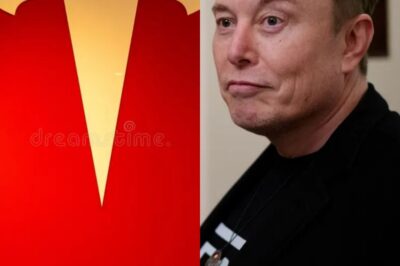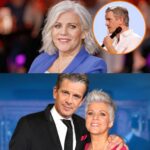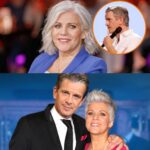The billion-dollar success of “Barbie” almost had a completely different face at its center. While Margot Robbie captivated audiences worldwide, insiders have revealed that Blake Lively was secretly in serious talks to step into the iconic role. However, what could have been a dream casting quickly turned into a behind-the-scenes dispute, leading to Blake being completely shut out of the project. The shocking reason why has finally come to light.

Blake Lively’s Near Casting and the Fallout
Blake’s previous work alongside America Ferrera in “The Sisterhood of the Traveling Pants” made her a natural connection to the “Barbie” universe. Her glamorous fashionista image, blonde hair, and picture-perfect smile seemed tailor-made for the film’s vibrant aesthetic. Additionally, the film’s team aimed to celebrate actresses from iconic female ensembles, making Blake appear to be a logical choice. However, something went terribly wrong during negotiations.
Sources close to production reveal that Blake wasn’t satisfied with simply being one of many Barbies in the ensemble cast. While stars like Issa Rae, Dua Lipa, and Hari Nef embraced the collective vision Greta Gerwig and Margot Robbie had crafted, Blake reportedly pushed for something more. She allegedly sought a standout role, creative input, and even attempted to reshape her character into something more prominent than originally envisioned.
This wasn’t just about screen time. Insiders claim Blake wanted influence over the character’s development, storyline, and even aspects of the script. This approach clashed with the project’s ethos, which emphasized collaboration and collective power rather than individual stardom. Greta Gerwig’s vision, backed by Margot Robbie’s production company, LuckyChap Entertainment, was to create a cohesive and diverse ensemble, not a film centered around a single star’s demands.
Margot Robbie’s Role in the Decision
Unlike Blake, Margot Robbie took a different approach. As the producer of “Barbie,” she played a crucial role in shaping the project but remained open to stepping aside if needed.
“I didn’t actually audition for the role of Barbie. I produced the film, so I guess I cast myself,” Margot later revealed. “I made it very clear to Greta that I didn’t have to be in the movie. I was happy just to produce. But she said, ‘No, I really want to write this for you.’ And she wrote me an amazing part, so I’m very grateful.”
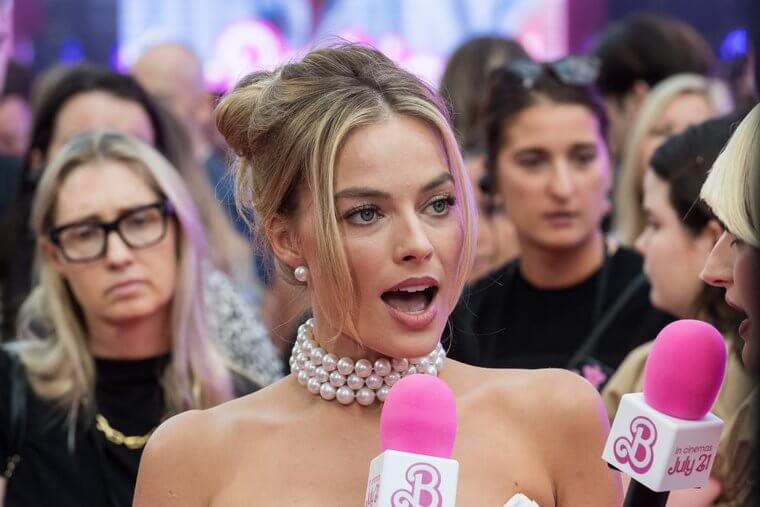
This level of humility and collaboration stood in stark contrast to Blake’s reported demands. The last thing Margot wanted was an actress trying to reshape the film’s structure before cameras even started rolling. When Blake pushed for more creative control, insiders claim Margot quietly closed the door, ensuring the film remained aligned with its original vision.
The Industry’s Reaction to Blake’s Approach
Interestingly, Blake’s attempt to exert influence over “Barbie” wasn’t an isolated incident. Reports suggest similar tensions emerged on the set of “It Ends With Us,” where she allegedly made significant script changes and attempted to reshape the narrative around her character. This reportedly led to friction with director Justin Baldoni, who was also co-starring in the film.
Additionally, Blake’s professional relationships with former co-stars have raised eyebrows. Anna Kendrick, who worked with Blake on “A Simple Favor,” has reportedly requested solo interviews for the sequel and limited joint appearances. When asked about working with Blake again, Anna’s responses have been noticeably reserved. Even America Ferrera, once closely linked to Blake, has remained publicly silent about her former co-star for years.
The Contrast Between Blake Lively and Margot Robbie
The difference in how Blake Lively and Margot Robbie navigate Hollywood power is striking. Margot has built her influence by producing projects from the ground up, earning respect through collaboration and vision. Her production company has backed acclaimed films like “Promising Young Woman” and has maintained strong industry relationships.
Blake, on the other hand, seems to seek influence by reshaping existing projects to her advantage—a strategy that appears to be backfiring. Instead of trusting directors and producers, she allegedly looks for opportunities to position herself in the driver’s seat, regardless of how it impacts the overall vision. While ambition isn’t inherently negative, the way she reportedly pursues it has raised concerns within the industry.
The Bigger Picture
Blake’s exclusion from “Barbie” wasn’t just about missing a role in a blockbuster film. It signaled deeper concerns about her Hollywood standing. With “It Ends With Us” facing controversy and her reputation taking hits, the question remains: will Blake adjust her approach, or will more industry figures follow Margot Robbie’s lead in keeping her at a distance?
As “Barbie” continues to break records, it’s clear that Margot’s decision paid off. The film thrived without Blake, proving that sometimes, knowing who shouldn’t be on set is just as important as choosing who should be. For Margot, the film’s enormous success is a testament to her collaborative leadership—a victory that speaks louder than any behind-the-scenes drama ever could.
News
BREAKING: Caitlin Clark STUNS the Globe, REJECTS Elon Musk’s $15 Million Offer – “Keep It. Use It to Help Someone Who Actually Needs It”
BREAKING: Caitlin Clark STUNS the Globe, REJECTS Elon Musk’s $15 Million Offer – “Keep It. Use It to Help Someone…
Why did Jenna Bush Hager refuse a gift from Hoda Kotb’s daughter? What’s the reason she didn’t want to accept this early Christmas present?
Hoda Kotb’s Daughter Gave Jenna Bush Hager an Early Christmas Gift: “Too Sweet” In a heartwarming gesture that’s sure to…
Elon Musk Takes Legal Action Against Joy Behar and The View—A $70 Million Lawsuit That Could Change Everything
Elon Musk has never been one to back down from a fight. Whether it’s revolutionizing industries, challenging regulators, or sparring with critics on…
BREAKING: Elon Musk makes a bold decision: he launches a public campaign to shut down “The View” seeking support to end the controversial show once and for all.
BREAKING: Elon Musk makes a bold decision: he launches a public campaign to shut down “The View” seeking support to…
Elon Musk’s Empire Faces Collapse as Tesla and Twitter X Struggle with Panic and Uncertainty
Elon Musk, the enigmatic billionaire behind some of the most innovative companies of the 21st century, is facing an unprecedented…
5 MINUTES AGO: Canada makes a bold decision to shut down Tesla and the U.S. auto industry – Elon Musk responds with a sh0cking 8-word message, revealing a hidden truth that leaves the world stunned.
In a groundbreaking move that has sent shockwaves through the global automotive industry, the Canadian government announced today that it…
End of content
No more pages to load

